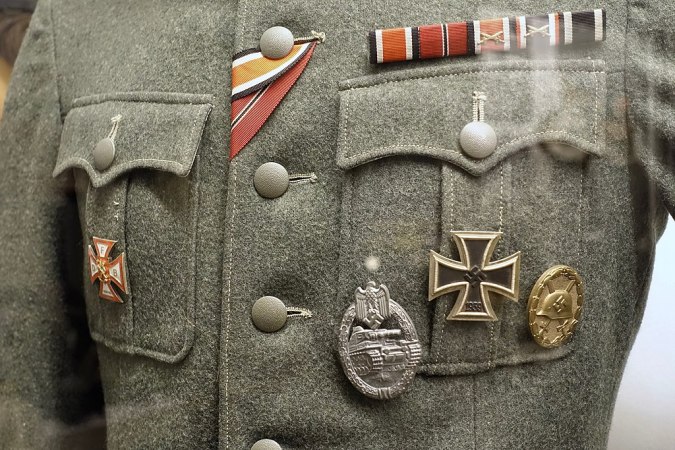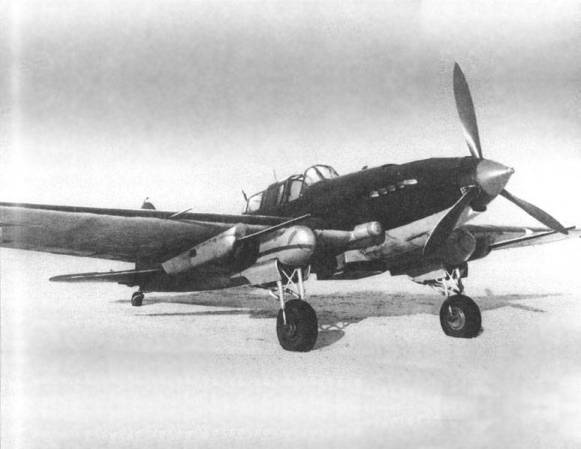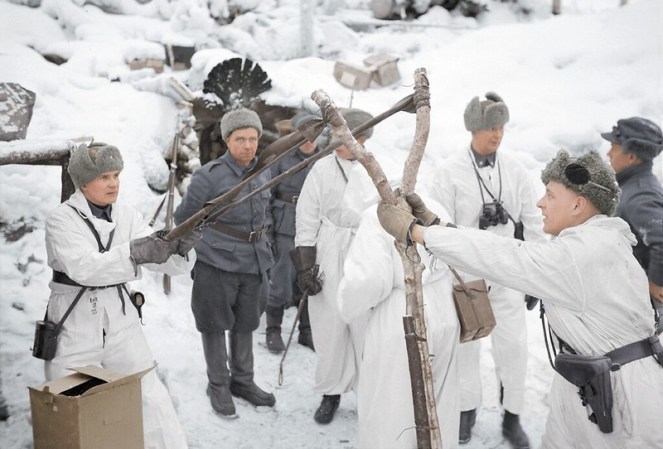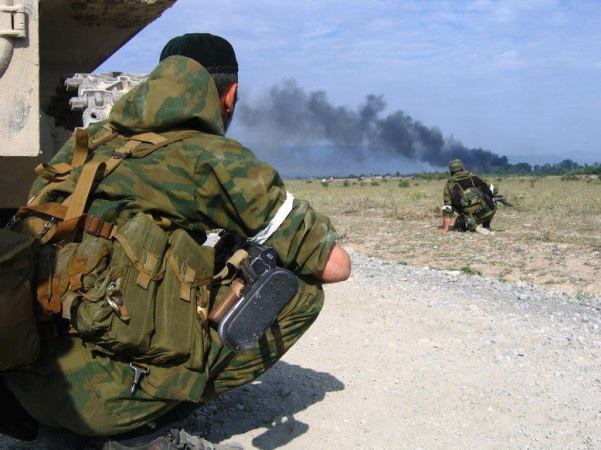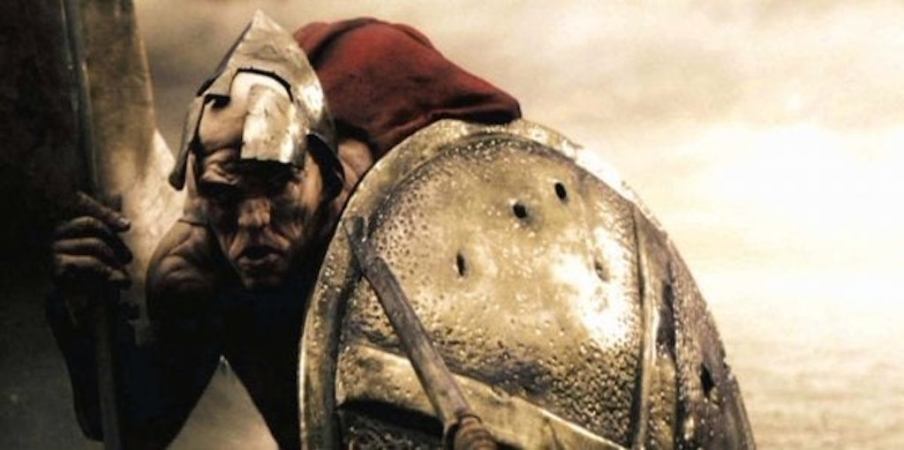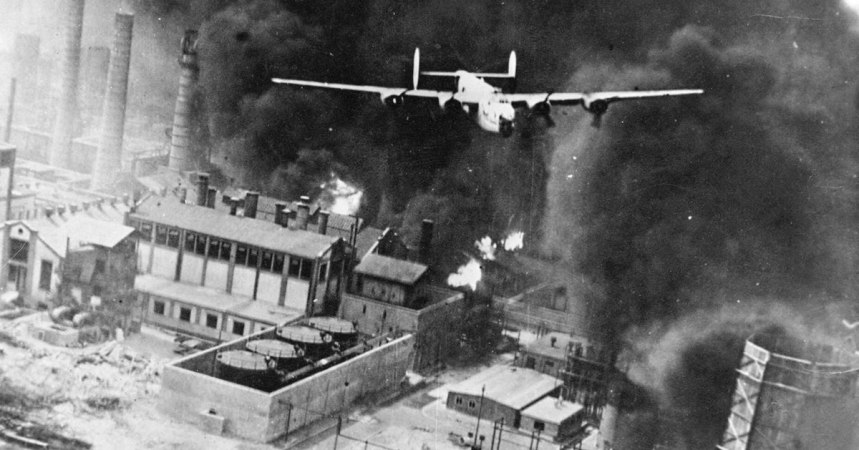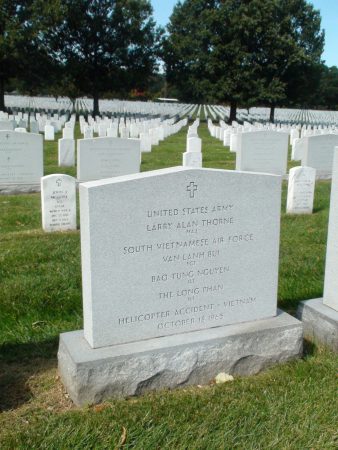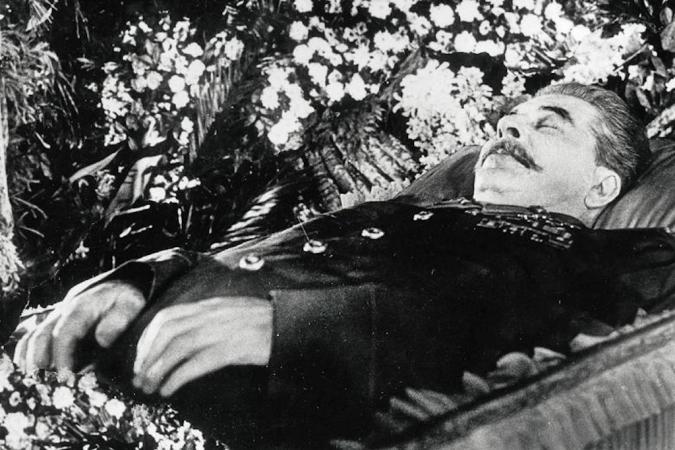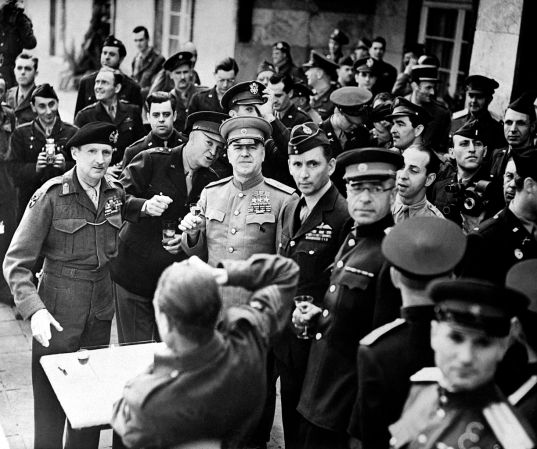It’s sometimes hard to remember that World War II wasn’t actually a single, globe-spanning conflict. It was really about a dozen smaller conflicts that had all been openly fought (or at least simmering) in the months and years leading up to the German invasion of Poland — the moment most historians point to as the beginning of the war.
Members of the Russian Liberation Army stand together in 1943. The “POA” patch features the Cyrillic-language abbreviation of the unit’s name in Russian.
(Karl Muller, Bundesarchiv Bild)
One of those long-simmering conflicts was between the Soviets in Russia and the Fascists in Germany. Both countries descended into harsh autocracies between World Wars I and II, but their leaders were deeply distrustful of one another. And, their populations were split as to who the worse evil was, even during the war.
That’s probably why somewhere around 200,000 Russian soldiers were recruited from prisoner of war camps and Soviet defections to form the Russian Liberation Army, a military force of Russian citizens who fought for Hitler against Stalin.
The head of the unit, abbreviated from Russian as the ROA, was a decorated Soviet officer, Lt. Gen. Andrey Vlasov. Vlasov and his men fought well against the Nazi invasion of Russia.

A Leningrad building burns after a German air raid in World War II. The city was besieged by German forces, and Lt. Gen. Andrey Vlasov was in charge of a large segment of the forces sent to free it.
(RIA Novosti Archive)
Vlasov commanded the 4th Mechanized Corps, and he and his men retook multiple cities from Nazi forces during counterattacks, escaped encirclement at one point, and even helped save Moscow at one point. His face was printed in newspapers as a “defender of Moscow” and he was awarded the Order of the Red Banner.
But he was then placed in command of an army and sent to break the siege at Leningrad. He failed, though some historians point to the failure of other commanders to exploit openings that Vlasov created. Regardless, most of his army was eventually slaughtered and he was captured.
While imprisoned in prisoner of war camps, Vlasov was known for making statements against Stalin. Eventually, this led to Vlasov advocating for a new military unit made up of Russians and commanded by Russians — but fighting for Germany.

Russian defector to Germany Lt. Gen. Andrey Vlasov speaks with volunteers in Germany in 1944.
(Bundesarchiv Bild)
This wasn’t entirely crazy. There were actually a lot of Soviet citizens who hated Stalin and communism, and some of them saw the German invasion as a liberation. Not nearly as many as Hitler had hoped, but enough that some estimates posit as many as one million Russian men eventually opted to fight for Germany, with 1 in 10 prisoners captured on the coasts of Normandy on D-day being Soviet citizens.
After months in POW camps, Vlasov was able to convince Germany to create the ROA. He wrote pamphlets and other materials to convince more Soviet POWs to join, and these were also dropped as leaflets over Soviet formations to trigger defections. The main selling point was that, after the war, Germany would allow for a free and democratic Russia.
Unfortunately for Vlasov, the Germans still barely trusted him. Most Russians recruited into the ROA served under the command of other officers, including German ones. Vlasov was promoted to general but only put in command of the ROA against Soviet forces one time. On February 11, 1945, Vlasov led the ROA against the Red Army as the Soviets pressed against a Polish river.

Russian defector Gen. Andrey Vlasov meets with senior Nazi leaders, including Joseph Goebbels at far right.
(Bundesarchiv Bild)
The ROA performed well, but was ultimately withdrawn and never sent into full-scale battle again. As Germany continued to lose ground, many in the ROA switched sides again, and fought their way through German units towards the western Allies, hoping that British and American forces would accept a surrender and request for asylum.
After all, they had no delusions about what the Soviets would do to captured Russian soldiers who fought against Stalin and the Red Army.
Unfortunately for the ROA, most western officers ultimately gave in the the political pressures at the time and allowed Soviet troops to arrest the defectors, including Vlasov. Approximately 33,000 men were handed over between May and September, 1945. Most would be executed or sent to the Gulag until they grew old or died.
Vlasov was executed by hanging on August 1, 1946.








